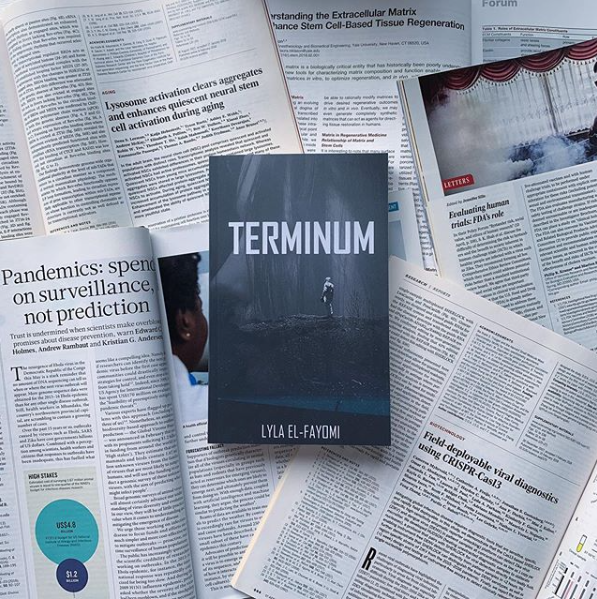The Science of Terminum
Dr. Genix stood up a few milliseconds before Dr. Genera, his curiosity piqued.
"Doctor Holloway," he greeted her, his hands behind his back. Handshakes had been all but forgotten since the antibiotic-resistant bacterial devastation of 2072.
"Doctor Genix," she acknowledged him.
"I've heard much."
"As have I."
_
I wrote this excerpt from the book years ago. A wonderful bookstagrammer (@lira.gets.lit) pointed it out in her review of Terminum, writing: “That one made me stare into the void for a little bit, but it’s all gucci now.”
This scene was actually based on a lecture that I attended as an undergrad. I still remember my professor’s warning: antibiotic-resistant bacteria may result in more deaths than cancer by the year 2050. I went home that day and wrote it down in the word document designated for random book ideas – I was insistent on finding a way to work it into the story.
When I say it took me 6 years to write Terminum, scenes like the one above are a prime example of why. It took me a few years to finish the manuscript itself, following which, I sat on it for a few years more. Believable science is at the heart of a good sci-fi novel, in my eyes. I thought that the book could grow to be more sophisticated as I continued to study.
Frankly, if you leaf through a Nature or Science journal, you’ll find a ton of articles pointing out what’s to come. In the picture above, you’ll notice an article on pandemic preparedness published in 2018.
A quote popularized by climate marches comes to mind:
“Every disaster movie begins with a scientist’s warning.”
